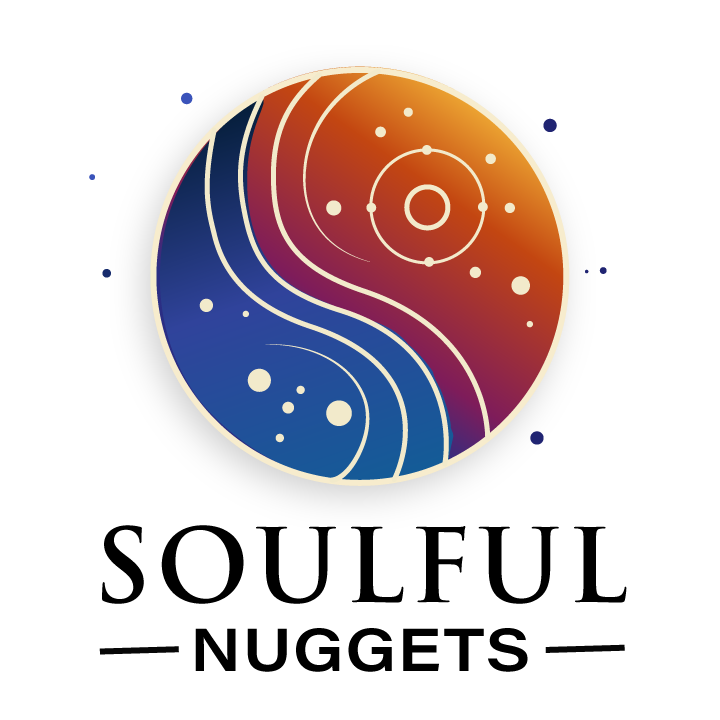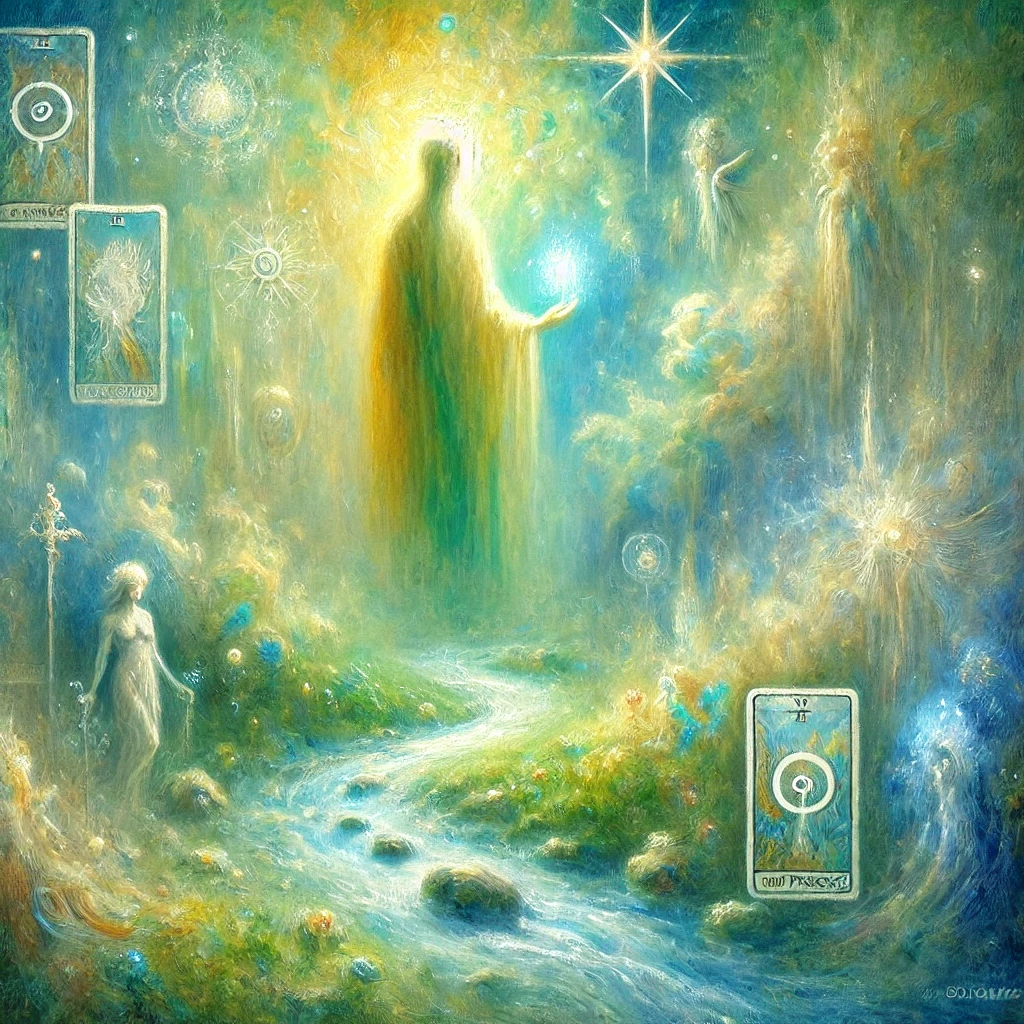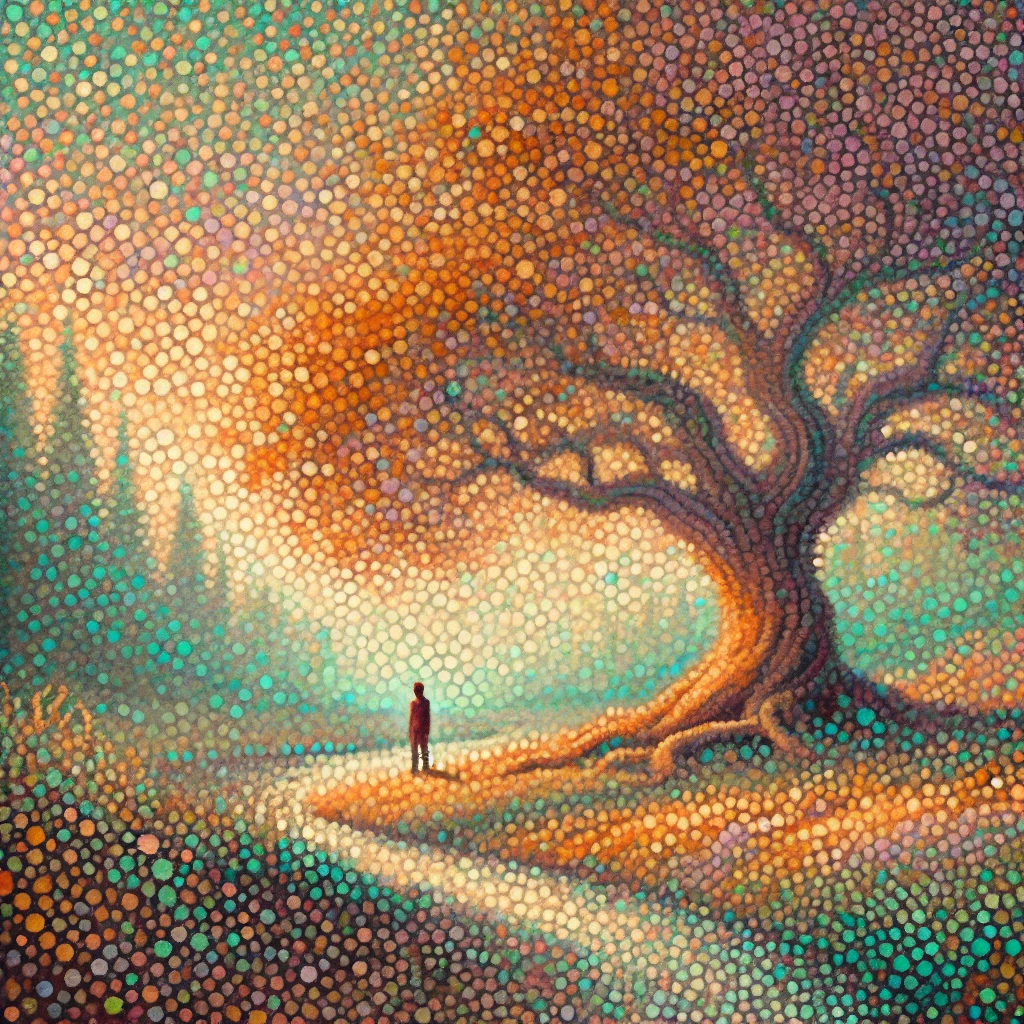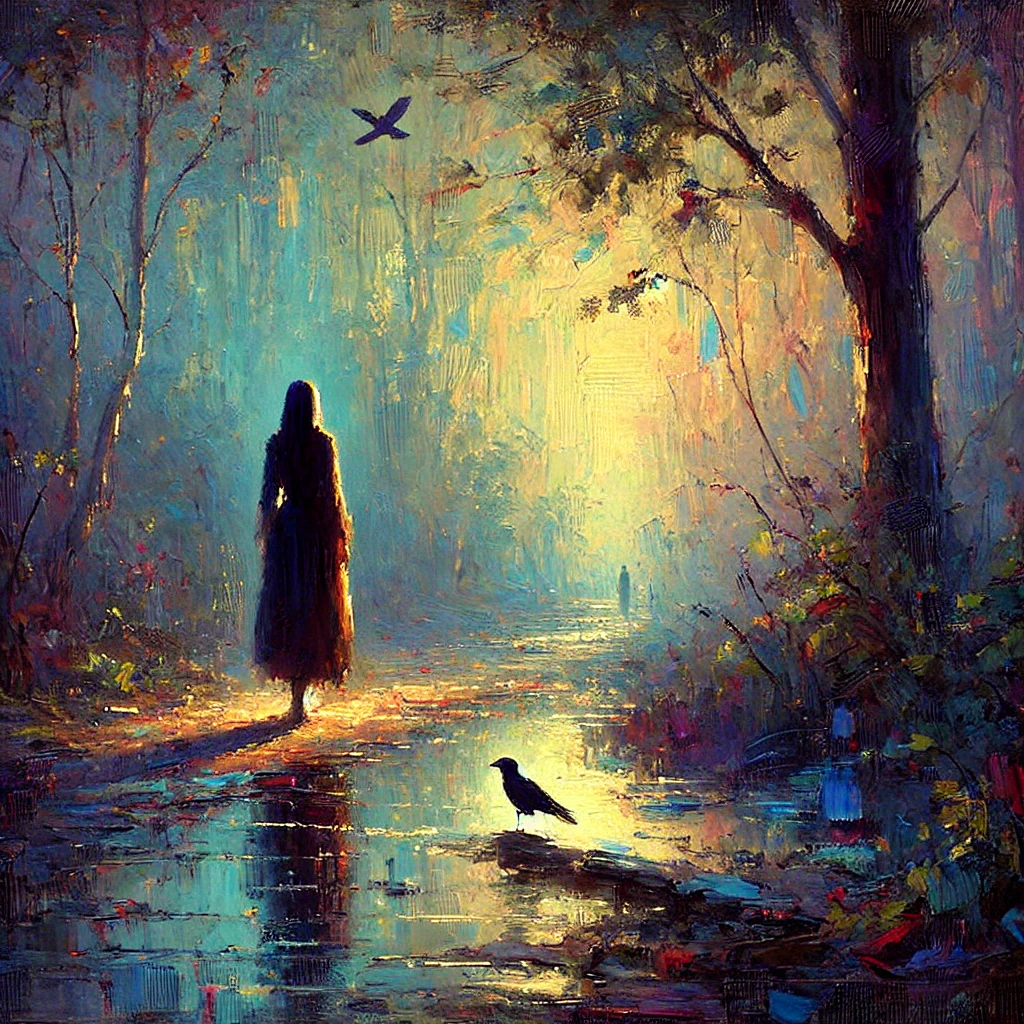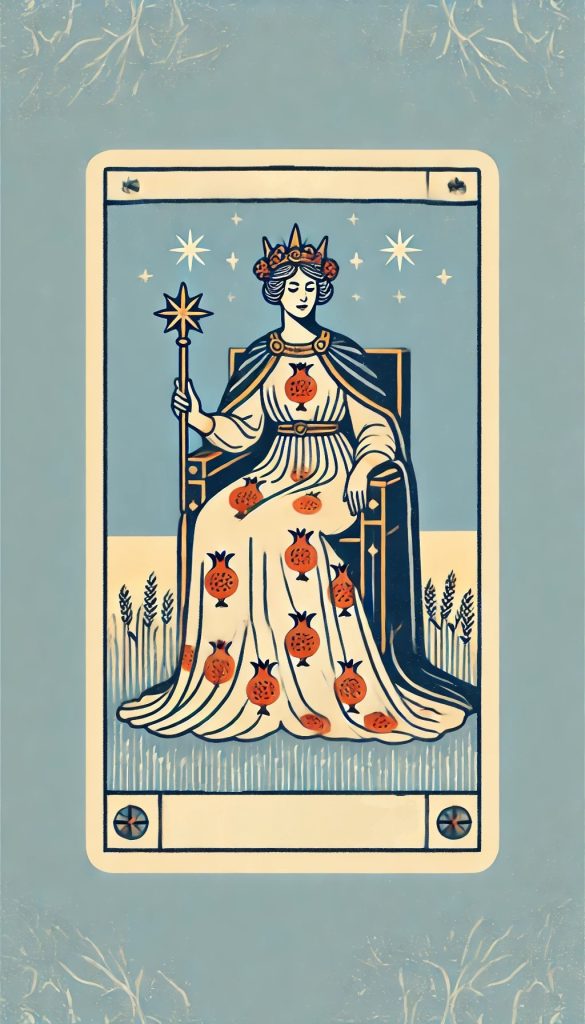There is an ancient language spoken beneath the surface of our daily lives. It is the language of symbols, of images that emerge from the depths of the psyche, carrying messages we may not yet understand. These symbols appear in dreams, in chance encounters, in the quiet stirrings of intuition. They also live in the Tarot—a sacred mirror reflecting the unseen forces that shape our journey.
Jungian Analyst Ken James teaches with a presence that is both wise and grounded. He does not rush the process of understanding but allows it to unfold like a slow-burning fire. In his course on Jung Platform, he brings forth the Tarot not as a fortune-telling tool but as a living conversation with the soul. Each card, each spread, each moment of reflection becomes a way of listening to what the deeper self is saying.
The Tarot, like dreams, is a symbolic landscape. When we consult it, we enter into a dance between the conscious and unconscious, between what we know and what remains hidden. Carl Jung called this process individuation—the lifelong movement toward wholeness, where the scattered pieces of the self find their rightful place. We do not force this process; it is already happening. The only question is whether we will listen.
Symbols as Bridges
The modern world often dismisses symbols, preferring facts and figures, yet symbols hold a power that logic cannot reach. A single image can stir something ancient within us, something older than words. The Tarot is filled with such images—The Hermit with his lantern, The Tower struck by lightning, The Star shining over quiet waters. These are not just pictures; they are portals.
Each card speaks in its own way. The Fool, stepping into the unknown with a sense of trust, reminds us that every journey begins with a leap. The High Priestess, seated between shadow and light, tells us that wisdom is born of paradox. The Hanged Man, suspended upside down, reveals that surrender often brings the greatest clarity. The Death card, so often feared, is not an end but a doorway to renewal.
When we draw a card, we are not asking for an answer; we are opening a conversation. The symbols do not dictate our fate, but they invite us to see differently. They show us the patterns unfolding beneath the surface.
The Dance of Knowing and Not Knowing
True insight is not about control. It is about relationship. When we approach the Tarot with reverence, we engage with forces greater than ourselves. We admit that we do not have all the answers, and in that humility, we receive what we need.
The Tarot, like the unconscious, resists being reduced to a formula. A single card can shift meaning depending on the question, the moment, the person asking. This is why it is an art, not a science. The intellect may try to grasp it, but the deeper knowing happens in the body, in the felt sense of recognition.
Ken James understands this dance between knowing and not knowing. In his teaching, he does not rush to explain but instead creates space for discovery. He guides, but he does not dictate. He invites us to see with new eyes.
A Soulful Step Forward
To work with the Tarot is not to predict the future but to step more fully into the present. It is a practice of seeing—of noticing the subtle movements of the soul, of recognizing the deeper patterns at play. It is a way of bringing consciousness to what was once hidden.
The world moves fast, urging us to decide, to act, to analyze. The Tarot asks something different. It asks us to pause. To listen. To trust that the symbols we need will reveal themselves at the right time.
This is not passive waiting; it is an active form of being. It is holding the tension between what we desire to know and what remains unknown. It is standing at the threshold, open to what comes.
The soul is always speaking. The only question is whether we will listen.
Madeline – Soulful Nuggets Team
This blog is a reflection on the course ‘A Jungian Perspective on the Tarot‘
by Jungian Analyst Ken James on JungPlatform.com.
